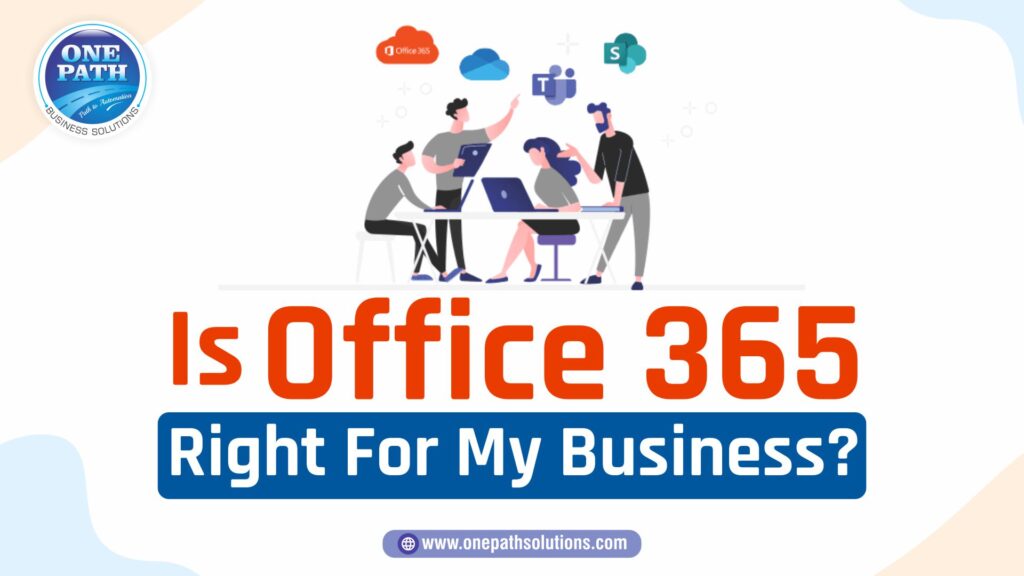What Everyone Must Know About IT Managed Services!
IT Managed Services came in a variety of shapes and sizes when businesses initially adopted virtual data structures. Internal IT departments have followed suit. In reality, modern-day IT departments are larger than ever before. From first-line support to structural architects, cloud generation specialists, and app developers, the range of capabilities and experience within the generation sector is extensive and expanding. However, with ever-changing generational adaptations and requirements come expense, constraints, and, most importantly, danger.
To illustrate, consider the following key components of a typical IT department:
1st Line Service Desk –A trait that provides essential management and troubleshooting in order to maintain productivity. Excellent first-line service desk workers have extensive IT knowledge, excellent customer verbal interchange abilities, and can triage or escalate complex issues to appropriate specialist groups.
2d Line Service Desk –A feature that provides a complex level of technical capacity, typically with expert competence; for example, many businesses may assign groups or individuals to handle certain end-user hardware or goods such as Exchange, SharePoint, security, or cloud solutions. These professionals frequently have in-depth knowledge of solutions, which they enhance with an understanding and fundamental knowledge of the larger IT field.
Specialist groups –Not only do expert groups provide second and third line assistance in their domains, but they also take on duties to improve products and solutions. Working with the larger IT team, they use vital knowledge and statistics to IT activities to ensure that the offerings for which they are accountable are optimized and no longer obstruct development. These are widely used:
- Security
- Exchange
- Cloud
- Networking
- Infrastructure; and
- Disaster Recovery.
Of course, there are more IT capabilities, and the configuration may change depending on the needs of the organization, but the basic concept remains the same. Each of those person groups is fed second and third line problems using the first line carrier database and the triage method. The task comes into play when the organization wants to grow up or down in size at a rapid rate.
Flex to demands
We saw a global epidemic in 2020, which compelled businesses to comply and adjust. Resourcing has become a serious issue for businesses, both favorably and badly. It became the first line table feature, which, as the call implies, bore the brunt of the burden shift.
When a carrier table is under-resourced, the repercussions of prevalent modifications can affect all staff, just as over-resourcing has a negative influence on budgets and utilization. This is how the first line carrier table is precise. Specialist groups may also experience their workloads alter as the business desires to comply, although now not as clearly as those on the front line.
Managed Service Desk
This is where a strategic IT Director’s relaxation strategy includes the Managed Service Desk. A Managed Service Desk solution enables IT decision makers to adopt a flexible front line. With this flexibility, a company may increase or decrease staff with minimal damage, and, more crucially, firms can extrade swiftly. In today’s environment, the faster a company can adapt to market changes, the greater its chances of success.
What Everyone Must Know About IT Managed Services!
A proper Managed Service Desk will not only route calls to specialized teams, but will also be able to manage IT tickets from beginning to end, including incorporating agreed-upon third parties. This triage is critical to the smooth flow of information and communication, allowing your employees to concentrate on what they do best.




